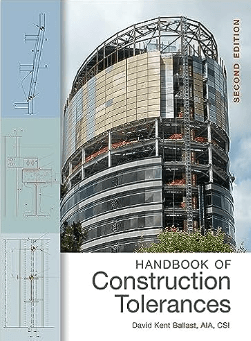-
1
- #1
RontheRedneck
Specifier/Regulator
A while back in the thread I started about engineers being wrong someone asked me to post something like this.
We sent out some trusses that needed to be field spliced. Huge 3/4" plywood gussets.
The framer called me and asked "What's the tolerance for the cuts on the plywood gussets." No one had ever asked me that before. So I told him I'd call the engineer who drew the splice detail and ask.
I made the call and asked the question. The conversation went something like this:
There are no tolerances.
What do you mean?
There are no tolerances. The cuts have to be right.
The cuts will be made by humans with hand-held saws. There have to be tolerances.
No, there are no tolerances. Tell them the cuts have to be right.
When they make parts for the space shuttle there are tolerances. Everything has tolerances.
No, there are no tolerances.
I eventually figured that the conversation was about as painful and unproductive as beating my head against a tree. So I gave up.
In my entire career that is the most ridiculous conversation I have ever had with an engineer.
We sent out some trusses that needed to be field spliced. Huge 3/4" plywood gussets.
The framer called me and asked "What's the tolerance for the cuts on the plywood gussets." No one had ever asked me that before. So I told him I'd call the engineer who drew the splice detail and ask.
I made the call and asked the question. The conversation went something like this:
There are no tolerances.
What do you mean?
There are no tolerances. The cuts have to be right.
The cuts will be made by humans with hand-held saws. There have to be tolerances.
No, there are no tolerances. Tell them the cuts have to be right.
When they make parts for the space shuttle there are tolerances. Everything has tolerances.
No, there are no tolerances.
I eventually figured that the conversation was about as painful and unproductive as beating my head against a tree. So I gave up.
In my entire career that is the most ridiculous conversation I have ever had with an engineer.


